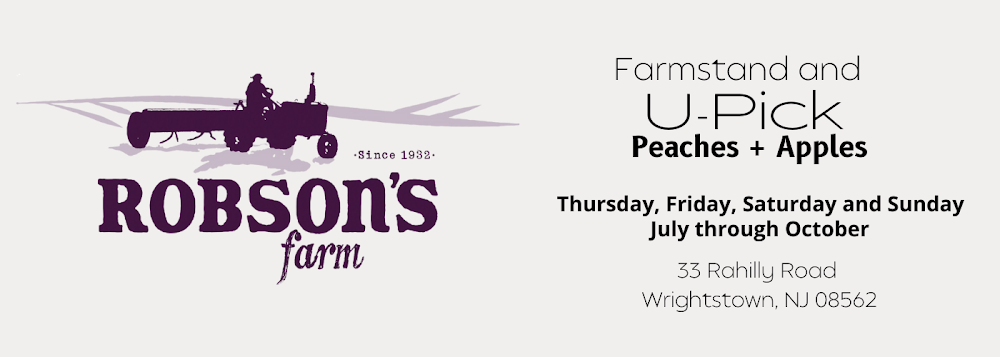I have realized that just because I don't enjoy something one way doesn't mean I won't enjoy it in a different capacity.
For example I thought I would never come back to the farm. I wasn't fond of being trapped inside the farmstand day in and day out. I wanted to outside. I wanted to be dirty. I wanted to spend every waking moment in the barn with my horse. And in my recent years I learned I really did love the farm and farming...mainly the outside part. The dirt under the finger nails, the sunshine, the constant movement.
The same goes for reading.
I was, literally for my entire life until 5 years ago, a self proclaimed reading hater. I always loved English class because I enjoyed writing but reading...yeah right. I can say with complete honesty I never read a single novel that I was assigned for my high school English classes. And I only read a few books in college...all non-fiction.
All non-fiction.
I realized I really did love reading...as long as it was non-fiction and I was learning something.
I have always loved to learn. I always looked forward to school.
When I started farming I didn't want farming to be my only life interest. That makes for a boring dinner party guest...right?
So each winter I challenge myself to read a certain number of books. This year my quest is to read 15 books.
I wanted to share my reading adventures but thought how on earth am I going to tie this in to floral/agriculture....
Well, I was hammocking (yes hammocking is an actual verb) in Key West and it dawned on me.
I will do one (maybe two if I'm feeling full of myself) creative floral piece for each book I read that represents the book and I'll give a few highlights of the book.
So practicing my design skill while sharing non-fictional, uplifting, self improving, go out and learn something books.
I'm obsessed with book recommendations so feel free to share yours too!
"PawPaw, In Search of America's Forgotten Fruit" by Andrew Moore
I was ordering a few more pawpaw trees and noticed that the vendor also had a pawpaw book listed for sale. Once I ordered it and it arrived I literally could not wait for winter to be here. It sat in the corner of my pink reading room (yes I have a pink reading room with a pink antique couch...doesn't everyone?!?) until the last of the wreaths were made and the farm slowed to a stop for 2017.
The majority of people I tell about pawpaws have no idea what they are. Some even think that I made them up.
The majority of people I tell about pawpaws have no idea what they are. Some even think that I made them up.
If you do not recall the name pawpaw perhaps you recognize a different name that Moore provides saying, "Through out the years it's gone by a of names - frost banana, Indiana banana, fetid bush, bandango, custard apple, prairie banana, poor man's banana - but most of the time it's just been called pawpaw."
 |
| since i had no access to real pawpaws at this time i included the book with that great photo |
Moore also tells us that the PawPaw's "leaves are the only larval host for caterpillars of the zebra swallowtail, protographium marcellus. Without pawpaws this large, black and white striped butterfly would not exist" My goodness I'm excited for these butterflies and hope that they'll find their way to our farm!
The pawpaw is a surprisingly historical fruit.
"Pawpaws even kept Lewis and Clark expedition fed - and contnetedly so - during a strech when their provisions were reduced to just one biscuit per man. One of their last journal entries reads, "Our party entirely out of provisions subsisting on powpaws...[but] the party appear perfectly contented and tell us they can live very well on the pawpaws," Moore writes.
He mentions Neal Peterson aka Johnny Pawpaw Seed who has worked most of his life to promote this unique fruit. I have a number of his cultivars growing in my orchard at the farm. He is someone I reached out to when the idea of growing pawpaws was knocking at the back of my brain. Neal was wonderfully helpful and I'm so thankful for his guidance. The book also mentions two other people I have questioned and worked with to get my paw paw orchard going.
The paw paw world while very small is an extremely friendly one.
The paw paw world while very small is an extremely friendly one.
Interestingly, there is only one university in the US that has a pawpaw research program, Kentucky State. While not having a research program (as they should) Rutgers has producing pawpaw trees! Terribly jealous!
I think one of the most interesting fun facts is that paw paws are not pollinated by bees. They are pollinated by flies and beetles. This is why they have red, meat colored flowers. The emulate flesh to attract their pollinators.
After giving a history of paw paws, Moore gives a literary tour of the paw paw belt including a stop to all of the towns in our great nation named "Paw Paw." There are 7 paw paw towns just in case you want to take a little road trip. Truthfully in my next life (a life where I'm not bound to travel only during the month of january) I'd absolutely go on his tour de paw paw.




No comments:
Post a Comment
Note: Only a member of this blog may post a comment.